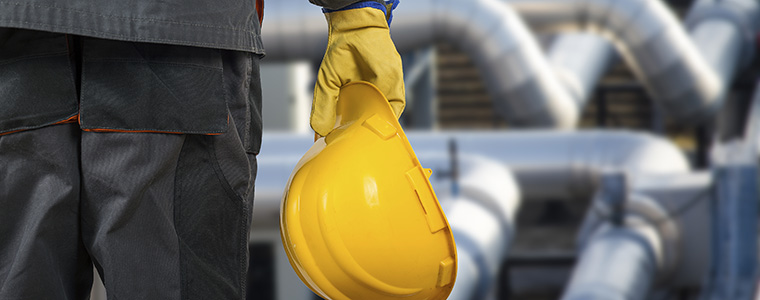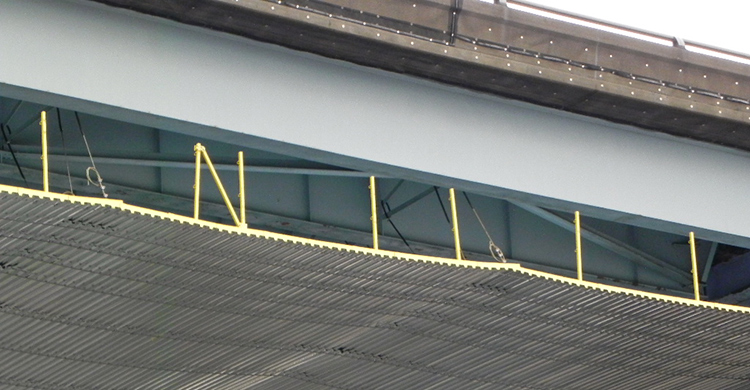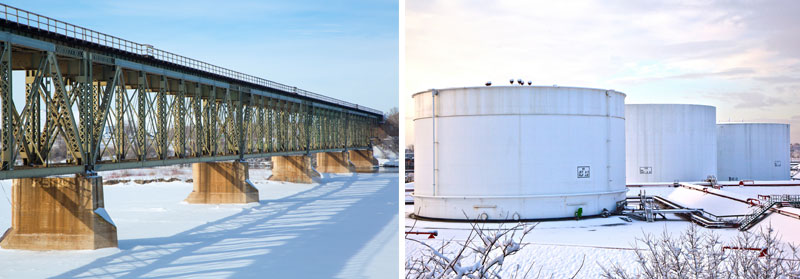It’s easy for a company to say it values safety. They can provide the numbers we’ve discussed in previous posts, such as EMRs and incident rates, or record the number of safety meetings they conduct in a given year. But how can owners and general contractors, looking to hire a subcontractor, tell if the safety program has traction within a company? Luckily, there are ways to independently measure such factors.
How we do our work
There’s a saying at Thomas Industrial Coatings, that safety is not something we do in addition to our work. It’s how we do our work. In the spirit of this commitment, a number of safety-related programs have worked their way into our company culture. Through these programs we ensure that job-site safety is always top-of-mind.
These programs include:
- Safety Plan – An annual, strategic safety performance plan developed and monitored by the Safety Leadership Teams, at all levels, which establishes the long-range organizational safety performance destination, annual performance goals, incident frequency and severity focal points, milestones, and specific safety management activity frequencies.
- Leadership Teams- The purpose of the Team is to meet frequently, define the specific long term safety and health objectives of the organization, establish performance outcomes, drive accountability, closely monitor performance at all levels, and manage significant safety and health issues and trends.
- Take 5 for Safety- The goal of the Take 5 meeting is to first engage the Foreman in considering how upcoming work can be done in the most efficient and safest manner possible, and second to engage the employee in offering suggestions as to how they can participate in that process. Once these considerations have been made, the crew can more completely understand the plan, hazards, and precautions necessary for completing the work.
- Time Out- Any employee at Thomas Industrial Coatings has the authority to stop a job if they feel it has become unsafe. For this program to be effective, employees must feel assured that there will be no negative repercussions for halting a job.
- Safety Standup- This program is meant to recognize exemplary behavior or performance in safety. Recognition programs should be based on acknowledging, and sometimes rewarding, specific behaviors. Incentives based on low overall incident records can encourage underreporting. Be careful with these…
- Find and Fix- This in another program designed to reward initiative in safety. Employees are recognized for noticing and correcting potentially unsafe working conditions or behaviors
- Peer-to-Peer Coaching- A tool employees use to help each other work safer and smarter through observations and coaching.
Independent review
It would be easy for a company to congratulate itself on how deeply engrained safety is in the company culture. In reality, there are independent ways of measuring these factors. Consulting firms make a business of offering training in safety management. These companies also often offer surveys of the safety climate within an organization. An outside opinion on a company’s internal safety protocol can be invaluable.
Thomas Industrial Coatings recently enlisted a well-respected, independent safety consultant to conduct one such survey of our own safety climate. The survey was made up of 78 questions put before 124 employees, resulting in 9,672 individual answers.
According to the expert’s criteria, a score of 75% is considered average. Scores above average typically require only minor adjustments. The overall Safety Climate Survey Score for Thomas Industrial Coatings was 86%, one of the higher scores the company has ever awarded. We take pride in that number. Thomas Pride.
To download our full guide to asking the right questions about safety, click on the banner below.




